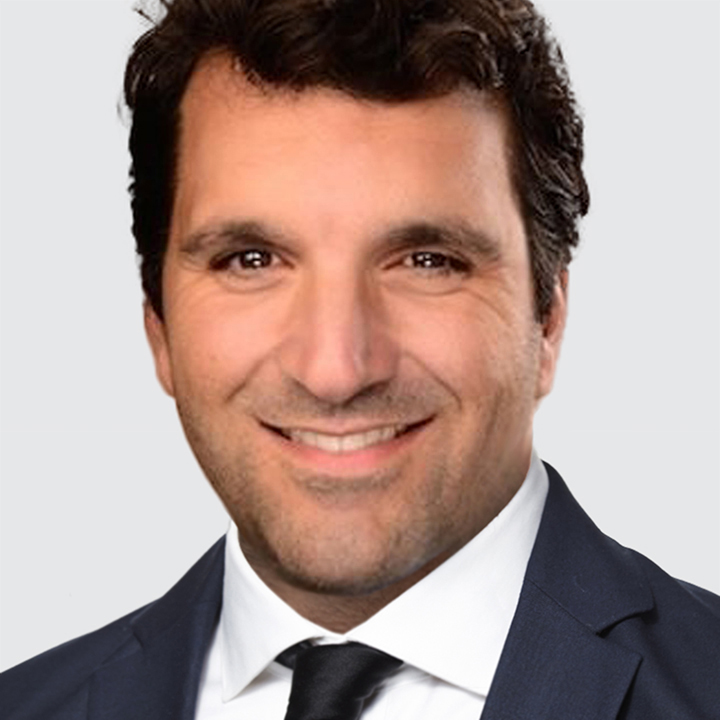Master of Puppets
US
USD remains under downside pressure. Political interference with the Fed’s independence continues to weigh on USD. Yesterday, US President Donald Trump broadened his criticism beyond Fed Chair Jay Powell to the entire Fed Board, urging them to slash rates to 1% “or better”. Treasury Secretary Scott Bessent also weighed-in pointing out that Fed policymakers “seem a little frozen at the wheel” with regard to deciding on rates right now. Bessent added “My worry here is that, having fallen down on the American people in 2022, the Fed’s now looking at their feet…We have seen no inflation from tariffs.”
2-year Treasury yields dropped to a two-month low at 3.71% as Fed funds futures shifted lower to reflect deeper easing. Odds have increased that the Fed will slash the funds rate by 125bps over the next twelve months to a target range of 3.00% to 3.25%. Meanwhile, most other major central banks are nearly done easing. Bottom line: narrowing US-G6 2-year bond yield spreads can drag USD lower.
Fed Chair Jay Powell participates in panel discussion today alongside BOE Governor Andrew Bailey, ECB President Christine Lagarde, BOJ Governor Kazuo Ueda, and Bank of Korea Governor Chang Yong Rhee (2:30pm London).
The June ISM manufacturing index and May JOLTS report are due today (both at 3:00pm London). The ISM manufacturing index is projected at 48.8 vs. 48.5 in May. The regional Fed ISM manufacturing prints suggest risk are balanced. Of note, the US S&P Global manufacturing PMI was unchanged in June at 52.0, a four-month high.
Meanwhile, the JOLTS Job openings are expected at 7300k vs. 7391k in April. In April, the JOLTS data was consistent with a labor market in balance as the unemployment-to-job opening ratio remained at 1 for a second consecutive month. Moreover, the layoffs and hiring rates both rose 0.1pts to 1.1% and 3.5%, respectively.
EUROZONE
EUR/USD had a kneejerk upswing to fresh multi-year highs above 1.1800 overnight before retracing all its gains. The ECB is becoming wary of EUR/USD appreciation. ECB Vice President Luis De Guindos stressed this morning that EUR/USD gains to 1.2000 is “perfectly acceptable” but gains beyond that “would be much more complicated”. Guindos added that the speed of exchange rate shift is more worrying than the level.
The Eurozone June CPI data is today’s highlight (10:00am London). Headline is projected at 2.0% y/y vs. 1.9% in May and core is forecast at 2.3% vs. 2.3% in May. The already released EU harmonized CPI prints for member states suggest risks are skewed to the downside. Germany was 0.2pts lower than expected at 2.0% y/y vs. 2.1% in May, Italy was 0.1pts lower than expected at 1.7% y/y vs. 1.7% in May, France was 0.1pts higher than expected at 0.8% y/y vs. 0.6% in May and Spain matched consensus at 2.2% y/y vs. 2.0% in May.
The ECB will also publish its May consumer inflation expectations survey (9:00am London). 1-year expectations is forecast at 3.1% for a second consecutive month, 3-year expectations is projected at 2.5% for a third consecutive month, and 5-year expectations will likely remain unchanged at 2.1% for a sixth consecutive month.
Overall, Eurozone inflation and long-term inflation expectations are around the ECB’s 2% target. However, services inflation (3.2% y/y in May) still has some distance to travel to make sure that inflation stabilizes at the target on a sustainable basis.
Bottom line: the ECB is nearly done easing which is EUR supportive. The swaps market implies one more 25bps rate cut over the next 12 months and the policy rate to bottom at 1.75%.
UK
GBP/USD is range-bound just under last week’s cyclical high of 1.3770. UK Prime Minister Sir Keir Starmer faces constraints in steering his Labour government away from the left. Last week, Starmer was forced to soften planned cuts to welfare after more than 120 Labour MPs threatened to vote against his welfare reforms today. Starmer’s U-turn will derail his government’s plan to balance the budget by 2029-30. The implication is Chancellor Rachel Reeves may need raise taxes again in the 2025 Autumn Budget due in October.
Higher UK taxes, combined with weak underlying UK GDP growth and labor market slack emerging, could force the BOE to cut the policy rate more aggressively than anticipated. The swaps market implies a total of 75bps of BOE easing over the next 12 months. In contrast, the ECB’s rate-cutting phase is close to wrapping-up. As such, EUR/GBP has room to edge higher towards 0.8800.
JAPAN
USD/JPY drifted lower under 144.00. Japan’s Q2 Tankan business survey was firm. The all industries business conditions index printed at 15 for a third consecutive quarter, consistent with an ongoing recovery in real GDP growth. The details were mixed. Large manufacturers’ sentiment improved to 13 (consensus: 10), up from 12 in Q1, while large non-manufacturers sentiment eased in line with consensus to 34 from 35 in Q1. The outlook for Q3 shows caution. Large manufacturers forecast a drop to 12, while large non-manufacturers expect a sharper slowdown to 27.
Long-term inflation expectations for all enterprises stabilized. Businesses see headline CPI inflation at a series high of 2.4% and 2.3% in three- and five-years’ time, respectively. This is unchanged from the previous quarter.
Bottom line: the BOJ will not be rushing to resume raising rates, limiting JPY upside. The swaps market is pricing-in 60% odds of a 25bps rate hike by year-end and a total of 50bps of tightening to 1.00% over the next three years.
CHINA
China relaxed its control over capital outflow amid the strengthening CNH. China’s State Administration of Foreign Exchange raised the amount of money that qualified domestic institutional investors can put into overseas assets to $170.9 billion at the end of June, from $167.8 billion previous. This was the first increase since May 2024 and was in line with market expectations.

